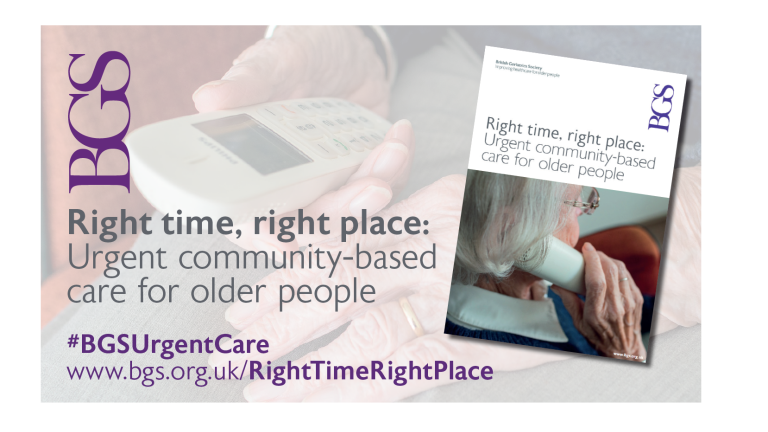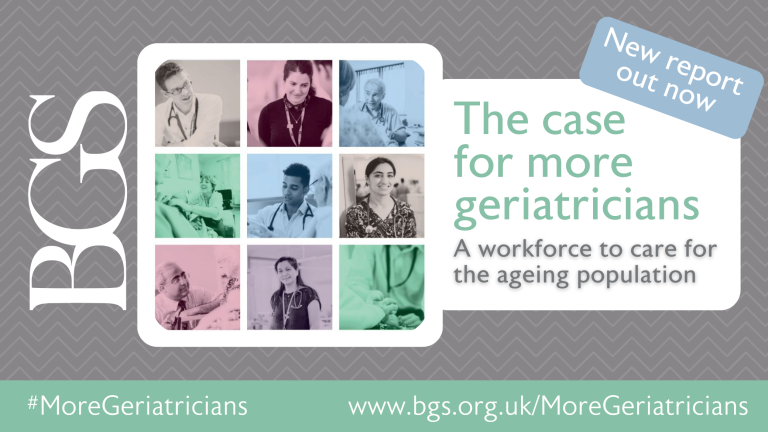Date
Rhiannon Mohabir is a senior pharmacist for Crisis Response and Discharge to Assess in Manchester Local Care Organisation.
Our current healthcare model is evolving and adapting to our patient needs, with a focus on the provision of treatment at home to avoid hospital admission as part of the NHS Long Term Plan.1 The number of teams providing home or community-based treatment is expanding rapidly. In Manchester alone, our health and social care fusion model (Manchester Local Care Organisation) is thriving, with approximately 4,000 staff providing treatment in the community to our local population.
I am a senior pharmacist for Crisis Response and Discharge to Assess. Both aim to keep patients out of hospital, the former by preventing unnecessary hospital admission and the latter by facilitating early discharge back home. The care I see patients receiving on a daily basis is unparalleled. I have seen so many excellent examples across all sectors in primary, secondary, and community care. But what happens when this care is not married up?
Obstacles during transfer of care are not a new issue – the Royal Pharmaceutical Society’s Getting The Medicines Right report in 2012 described the scope of this problem and highlighted that miscommunication and errors between care providers are extremely common.2
Our patients living with frailty are particularly at risk when transfer of care goes awry. Multiple co-morbidities, polypharmacy, and management from a number of specialised teams can make it difficult to co-ordinate care. I recently visited a complex patient at home who was discharged after a stroke with a PEG in situ. I identified numerous issues with her care and treatment at home and in order to avoid hospital admission spoke with seven different teams to mitigate the crisis she was in. I am fortunate to have had the time and flexibility to devote to my patient, but other healthcare professionals may not have this luxury. This case demonstrated several themes regarding transfer of care, which include access to records, skill mix, quality of information, and workforce pressures.
Two of these themes should be mitigated in coming years. Firstly, the introduction of electronic patient records is a big advancement for health and social care. My teams sit on the bridge between primary and secondary care, located in the community and with access to electronic patient records from both providers. This is a blessing for patient care - for medicines reconciliation and review I can complete a full review of a patient’s history and find the best solution for medicines optimisation and other holistic care. Future plans from Department of Health and Social Care to further digitalise the NHS and collaborate records across health and social care are promising3 and would facilitate this style of working. Previous governmental plans for a cohesive NHS IT system notoriously did not come to fruition, although with new technology and development of IT services I feel hopeful that this time around it may be a success.
Secondly, the principal form of communication between health and social care providers is written; through clinic letters, discharge summaries and emails. The drive to embed pharmacists and pharmacy technicians in GP surgeries to expedite document review has been well received, and the launch of the NHS Discharge Medicines Service in 2021 now directly involves new stakeholders in the transfer of care process.4 Both options add a new skill mix to the transfer of care equation to optimise patient care in the community.
The themes of quality of information and workforce pressures are harder to find resolutions for and are intrinsically linked. NICE and NHS England guidance has outlined standards that should be adhered to for transfer of care, and all healthcare providers should have policies in place around transfer of care on admission and discharge.5,6,7 However problems remain, with estimates that during transfer of care, 30-70% of patients have an error or an unintentional change to their medicines.1 With intense pressures on our NHS services currently, errors and miscommunication will occur – this is human nature.
The cracks we see are circumstantial. With usage of healthcare services at an all-time high, increasing complexities of our patients and reduced staffing, it is not surprising that transfer of care suffers. The ability to share good quality information with the necessary teams involved is directly impacted by the time to do this, and the gaps created require more input to resolve and affect patient care.
I can admit that I struggle to communicate everything I want to within my working hours and may have to omit less significant interventions that I don’t have the time to contact the patient or responsible clinician about. Is there a way to escape this cycle? I am not certain I can say, but I hope by raising the profile around transfer of care this may encourage us to reflect on our communication with our colleagues and the impression this makes on patient care.
References
- NHS, NHS Long Term Plan (January 2019) https://www.longtermplan.nhs.uk/wp-content/uploads/2019/08/nhs-long-ter… [accessed 4 May 2023].
- Royal Pharmaceutical Society, Keeping patients safe when they transfer between care providers – getting the medicines right (June 2012) https://www.rpharms.com/Portals/0/RPS%20document%20library/Open%20acces… [accessed 4 May 2023].
- Department of Health and Social Care, A plan for digital health and social care (June 2022) https://www.gov.uk/government/publications/a-plan-for-digital-health-an… [accessed 4 May 2023].
- NHS England, NHS Discharge Medicines Service (no publish date) https://www.england.nhs.uk/primary-care/pharmacy/nhs-discharge-medicine… [accessed 4 May 2023].
- National Institute for Health and Care Excellence, Medicines optimisation: the safe and effective use of medicines to enable the best possible outcomes (March 2015) https://www.nice.org.uk/guidance/ng5 [accessed 4 May 2023].
- National Institute for Health and Care Excellence, Transition between inpatient hospital settings and community or care home settings for adults with social care needs (December 2015) https://www.nice.org.uk/guidance/ng27 [accessed 4 May 2023].
- National Institute for Health and Care Excellence, Improving Transfer of Care (no publish date) https://stpsupport.nice.org.uk/transfer-of-care/index.html [accessed 4 May 2023].



